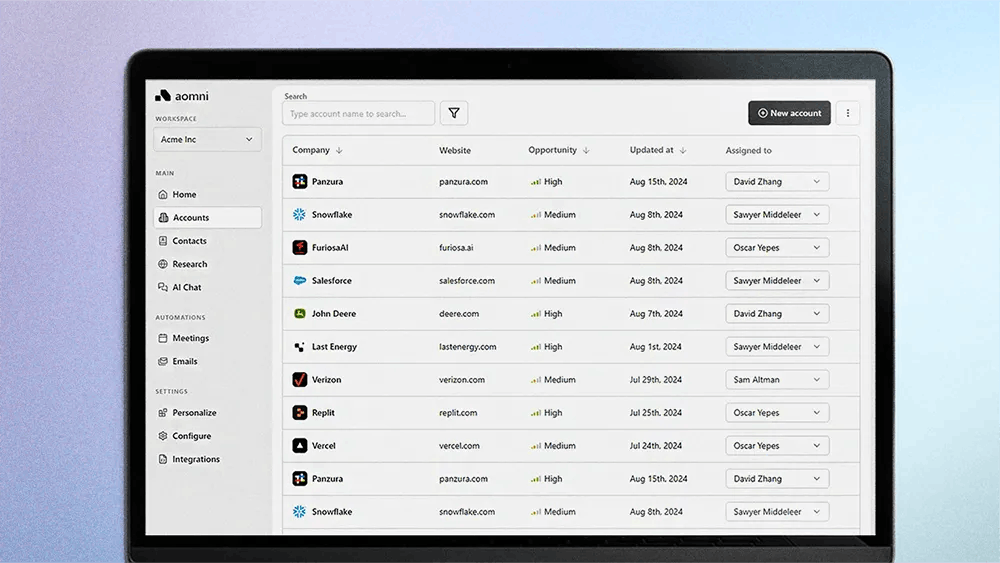Personally, I love speaking with the smaller entrepreneurs. It’s amazing to see how an app can empower them and democratize access to quality product photography.
E-commerce may be facing some of its greatest macro challenges yet, with near-daily tariff changes, global supply chain uncertainty, and the threat of rising prices across industries. Not even the biggest players are going to come out unscathed, leaving all e-com brands to look for ways to save money and thrive. Product photography, which was historically expensive but a necessary cost to sustain sales, is being transformed by AI, now becoming more accessible at a time when businesses need it most.
At the forefront of image democratization is Photoroom, an AI-powered photography app that's helping everyone from handmade artisans to multinational brands produce studio-quality images with just a smartphone. Founded in 2019, Photoroom has grown into a global platform with over 150 million downloads, and raised a $43 million Series B in 2024.
Photos and trust: “One of the things we’ve noticed is that product photography has to do the job of a traditional seller and effectively convey value—something you don’t really get in an online shopping experience,” says Larissa Morimoto, Senior Growth Manager at Photoroom. “That’s why it’s so important that your photos accurately represent the item you’re selling. It has a huge impact on customer trust.”
Key markets: Morimoto leads special projects at Photoroom, including international growth efforts in key markets like Japan, Brazil, and Korea. In Brazil especially, she works closely with users to understand how Photoroom fits into their daily workflows. One of those users is Deborah, a small business owner who makes and sells handmade makeup and toiletry bags.
“She sews the bags in her room, and then she takes the photos directly from her sewing area,” says Morimoto. “She usually finishes the bags around 8 p.m., and then from there she’s able to list them right away. It’s incredible—the process of being able to do this from the comfort of your own home.”
90% cost reduction: The impact is not just anecdotal. “We just released a 2025 clothing and apparel product photography trends report where we surveyed over a thousand of our customers,” she says. “We found that by using our solution, they were able to decrease their product photography costs by over 90%, which was really exciting.”
Photoroom had the advantage of being 'AI from the beginning'. When we were founded, we were already leveraging our own segmentation models to remove backgrounds and create that clean-cut look everyone knows and loves.
Democratization: Photoroom supports a wide range of users, from individuals to large companies. “We serve everyone—from mom-and-pop shops selling handmade jewelry to large enterprise clients like DoorDash and Wolt,” Morimoto says. “Personally, I love speaking with the smaller entrepreneurs. It’s amazing to see how an app like Photoroom can empower them and democratize access to quality product photography. Instead of paying a thousand dollars for a professional shoot once a week or month, they can create great photos right from their shop.”
AI from the beginning: Photoroom’s success also stems from its early embrace of AI. "Photoroom had the advantage of being 'AI from the beginning'", Morimoto adds. "When we were founded, we were already leveraging our own segmentation models to remove backgrounds and create that clean cut look everyone knows and loves. From there, we were able to pivot and expand more into the generative AI space. It’s definitely been a big driver of growth—to see all these new models emerging, allowing our use cases to expand.”





